In the era of intelligent slitting, automation technology has significantly improved cutting accuracy and efficiency through multi-dimensional innovation, and the following are its core optimization paths and specific applications:
1. High-precision sensing and real-time feedback system
• Laser ranging/visual inspection: High-resolution CCD cameras or laser sensors are used to monitor the position of materials in real time (with an accuracy of ±0.01mm), combined with AI algorithms (such as YOLOv7) to identify edge deviations and dynamically adjust the cutting path.
• Closed-loop control: Mechanical errors can be compensated in real time by the PID controller, e.g. in glass cutting, the repeatability can be controlled within ±5 μm.
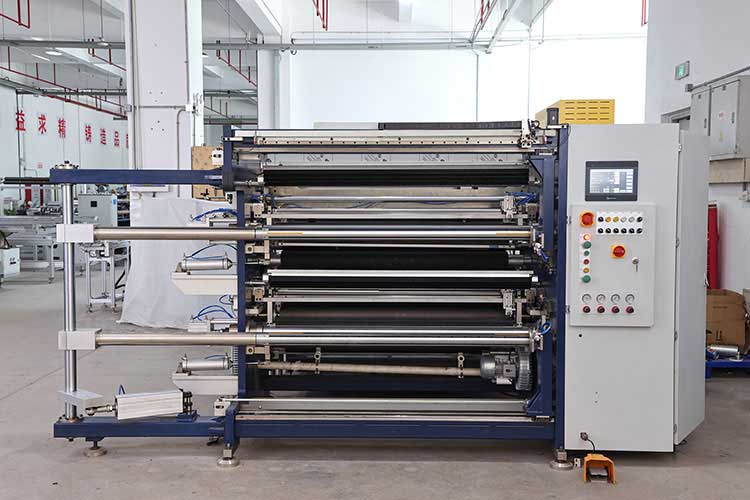
2. Breakthrough in motion control technology
• Linear motor + high encoder servo system: replace the traditional ball screw to achieve ultra-high-speed cutting with an acceleration of > 2G and a speed of 3m/s (such as lithium battery pole piece slitting).
• Electronic cam synchronization: dynamic synchronization between the material and the cutter shaft is realized in the flying shear system, and the error is < 0.1°, suitable for continuous film production.
3. Digital Twin & Virtual Commissioning
• 3D simulation modeling: The cutting process is rehearsed through ANSYS or Siemens Process Simulate, and the parameters are optimized and directly sent to the physical equipment, reducing the commissioning time by more than 40%.
• Wear prediction: tool life model based on digital twin, insert change in advance (e.g. automatic prompt for every 50 km of composite material cut).
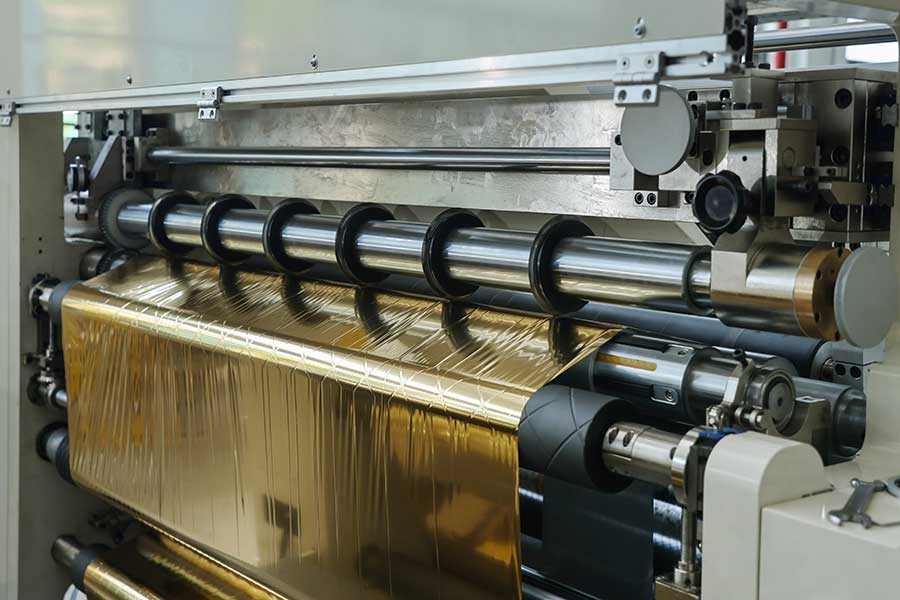
4. In-depth application of adaptive algorithms
• Deep learning slitting strategy: Reinforcement learning is used to train the cutting parameter optimization model to reduce the scrap rate by 15%-20% in sheet metal processing.
• Dynamic path planning: Algorithm A calculates the optimal cutting sequence in real time, such as the AI nesting system in the apparel industry, which improves the fabric utilization rate to 92%.
5. Industrial Internet of Things (IIoT) integration
• Cloud collaborative control: 5G transmission of production line data to the MES system to achieve collaborative operation of multiple slitting machines (such as paper roll slitting speed synchronization error < ; 0.5%)。
• Big data analysis: Train a predictive model on historical process data and automatically recommend the best cutting parameters (such as the best knife pressure curve for PVC with different thicknesses).
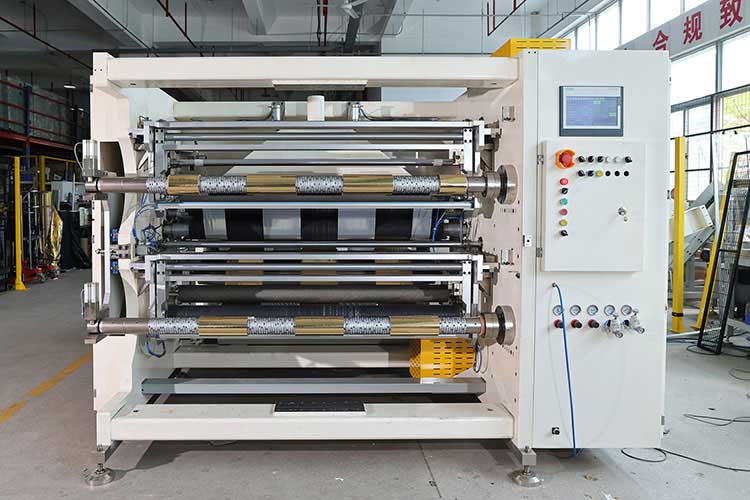
6. Special process innovation
• Waterjet/Laser Hybrid Cutting: In aerospace composite machining, a vision-guided 6-axis waterjet system is used to achieve a curved surface cutting accuracy of 0.05mm.
• Ultrasonic-assisted cutting: For the food/pharmaceutical industry, 20kHz ultrasonic vibration reduces tissue deformation and improves incision flatness by 30%.
Industry application cases
• New energy battery: The tab slitting machine adopts machine vision correction + tension control to control the burr within ±50μm.
• Flexible display: The OLED laser cutting system reduces the heat affected zone to < 10μm。
Future Trends
• Quantum sensing technology: nanoscale surface topography detection (e.g., atomic force microscopy integration).
• Brain-like control: Spiking neural network (SNN) achieves millisecond-level abnormal responses.
Through the integration of the above technologies, the modern intelligent slitting system has achieved a leap from "micron-level" to "nano-level" accuracy, and at the same time promoted the OEE (Overall Equipment Effectiveness) to more than 90%. This evolution is essentially an intelligent reconstruction of the closed-loop of "perception-decision-execution", bringing traditional machining into a new paradigm of independent optimization.



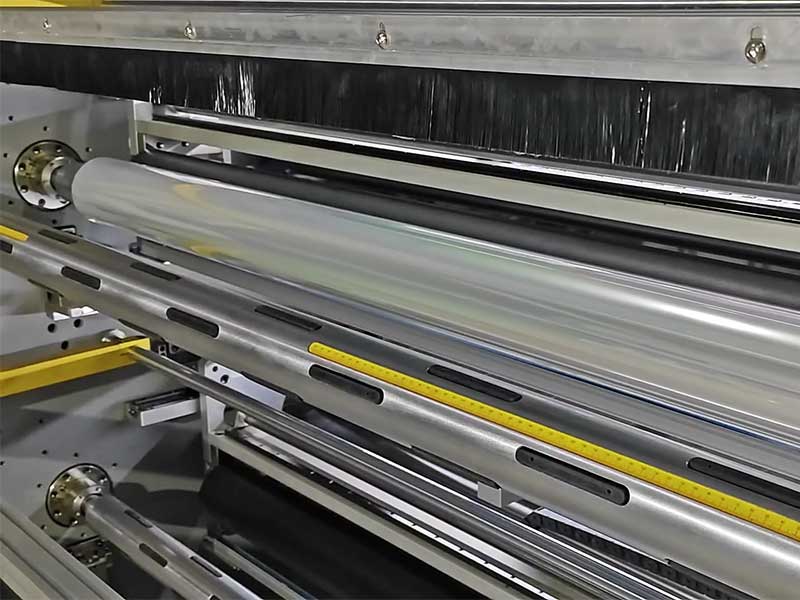
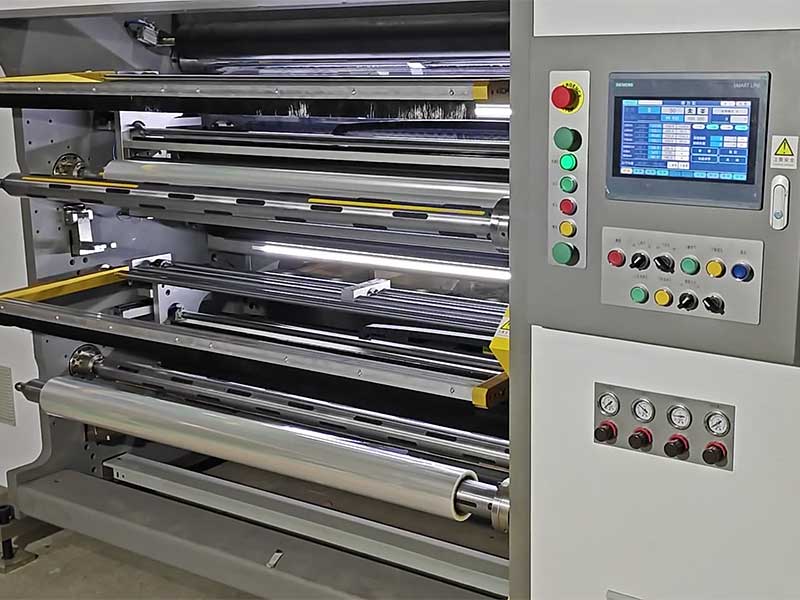
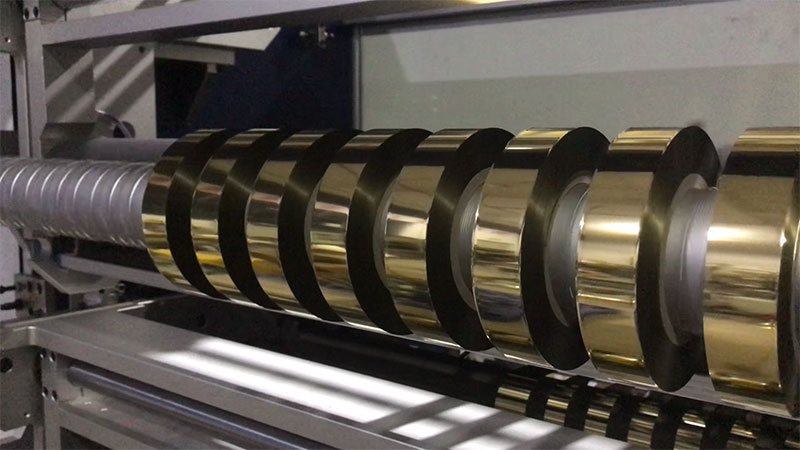
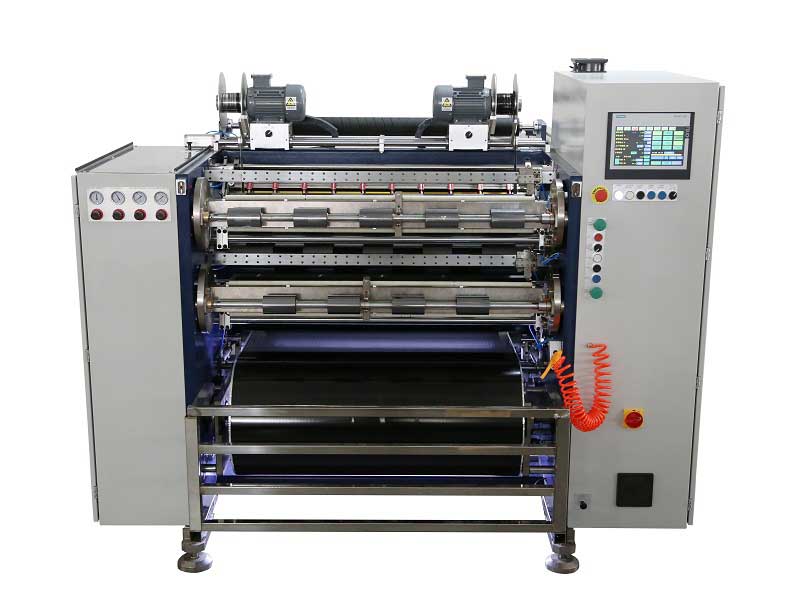 Automatic Thermal Transfer Ribbon Slitting Machine RSDS8 H PLUS
Automatic Thermal Transfer Ribbon Slitting Machine RSDS8 H PLUS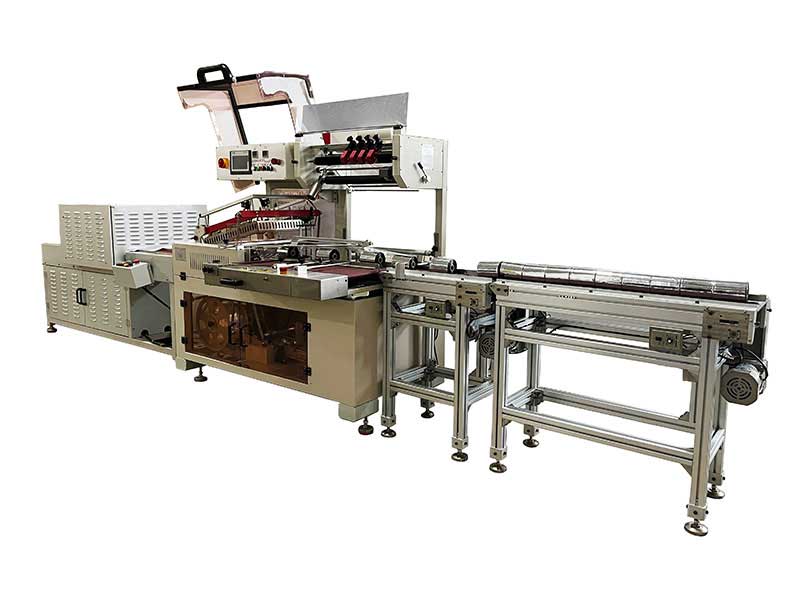 Thermal Transfer Ribbons Packaging Machine
Thermal Transfer Ribbons Packaging Machine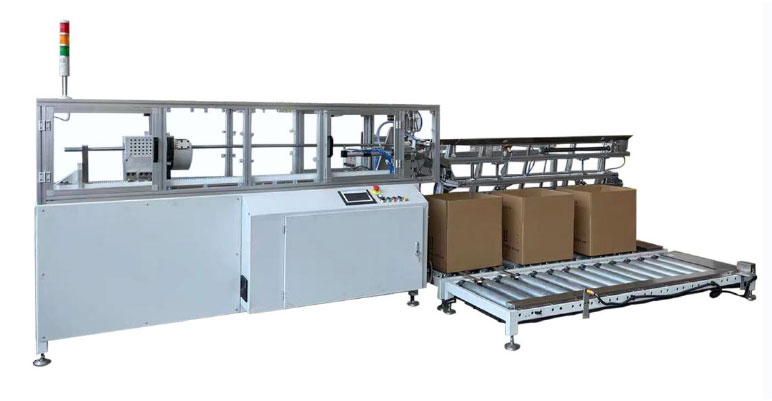 Automatic Paper Core Cutting Machine
Automatic Paper Core Cutting Machine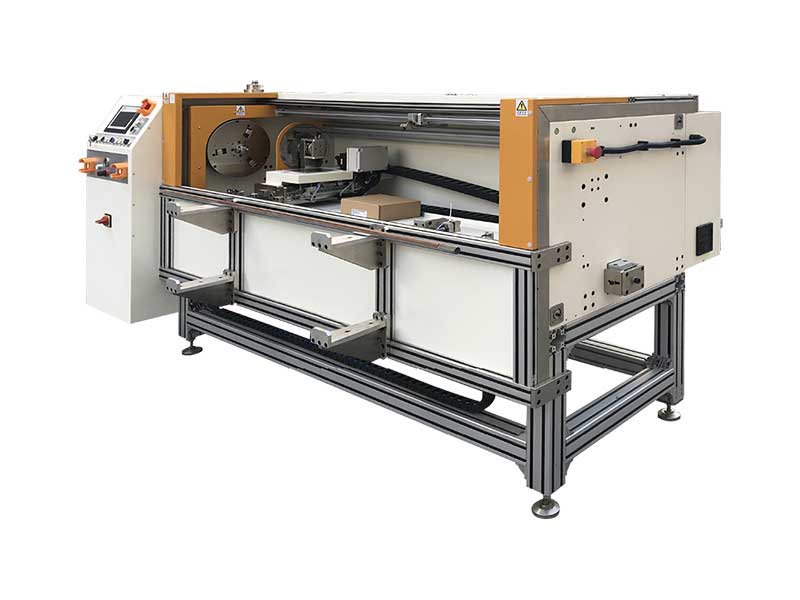 Automatic Foil Roll Cutting Machine
Automatic Foil Roll Cutting Machine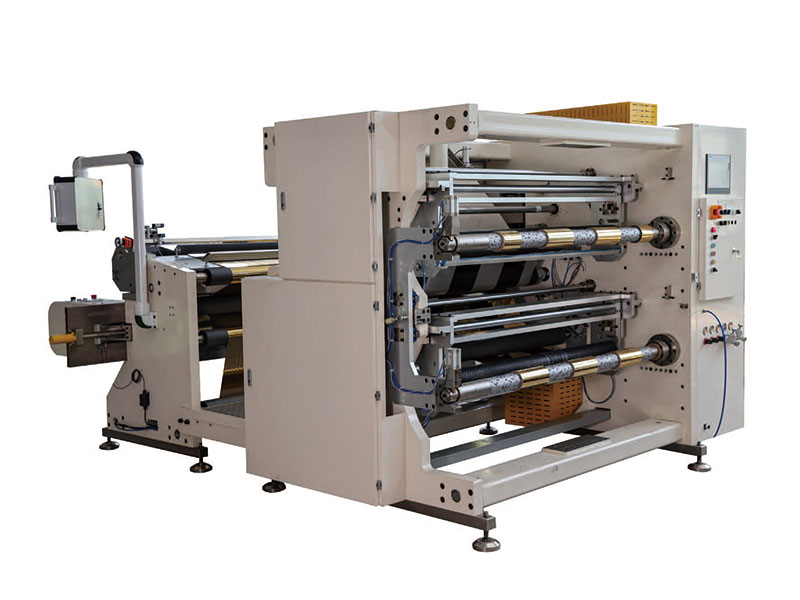 1400mm Hot Stamping Foil Slitting Machine
1400mm Hot Stamping Foil Slitting Machine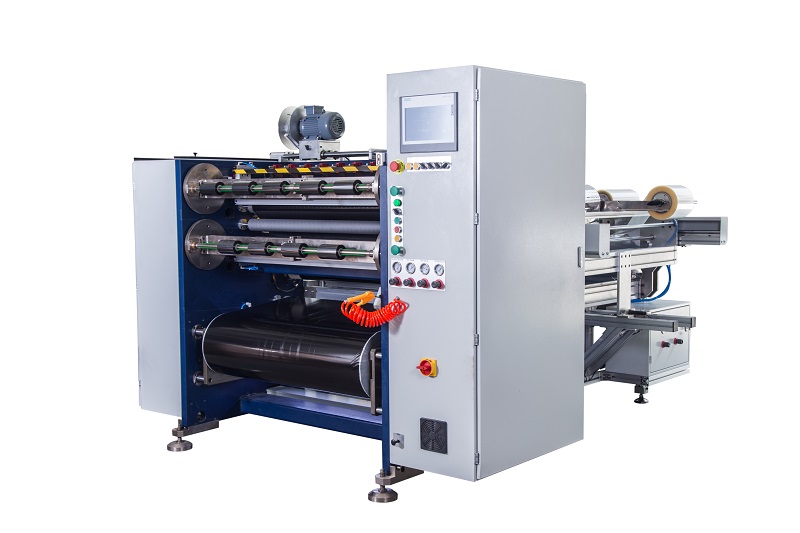 Semi Automatic Thermal Transfer Ribbon Slitting Machine RSDS5 PLUS
Semi Automatic Thermal Transfer Ribbon Slitting Machine RSDS5 PLUS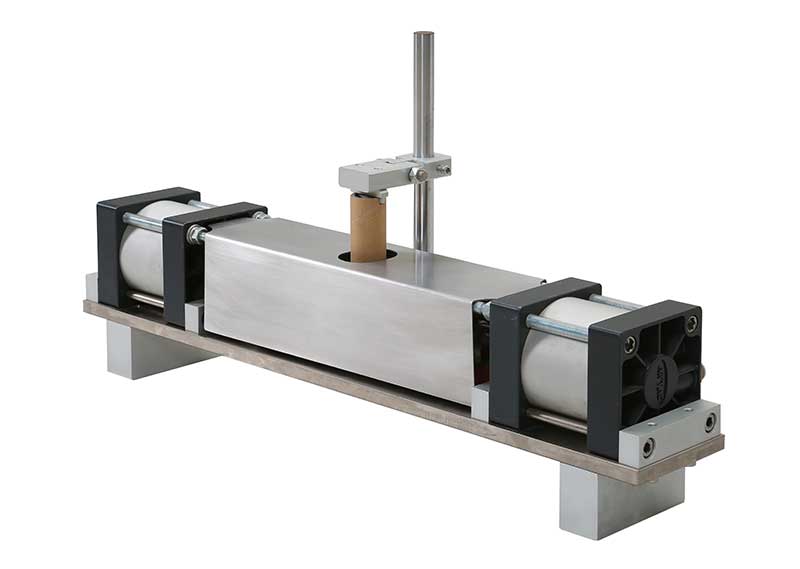 Paper Core Notch Puncher
Paper Core Notch Puncher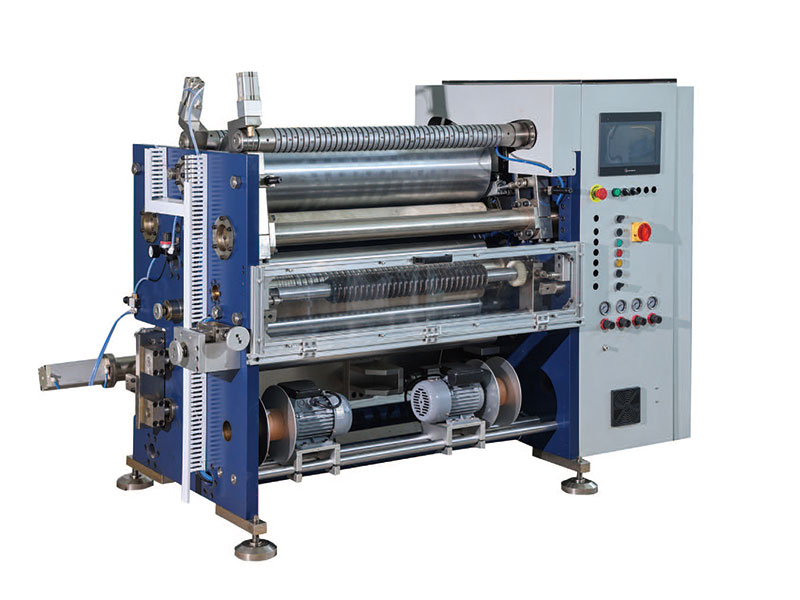 800mm Hot Stamping Foil Slitting Machine
800mm Hot Stamping Foil Slitting Machine

